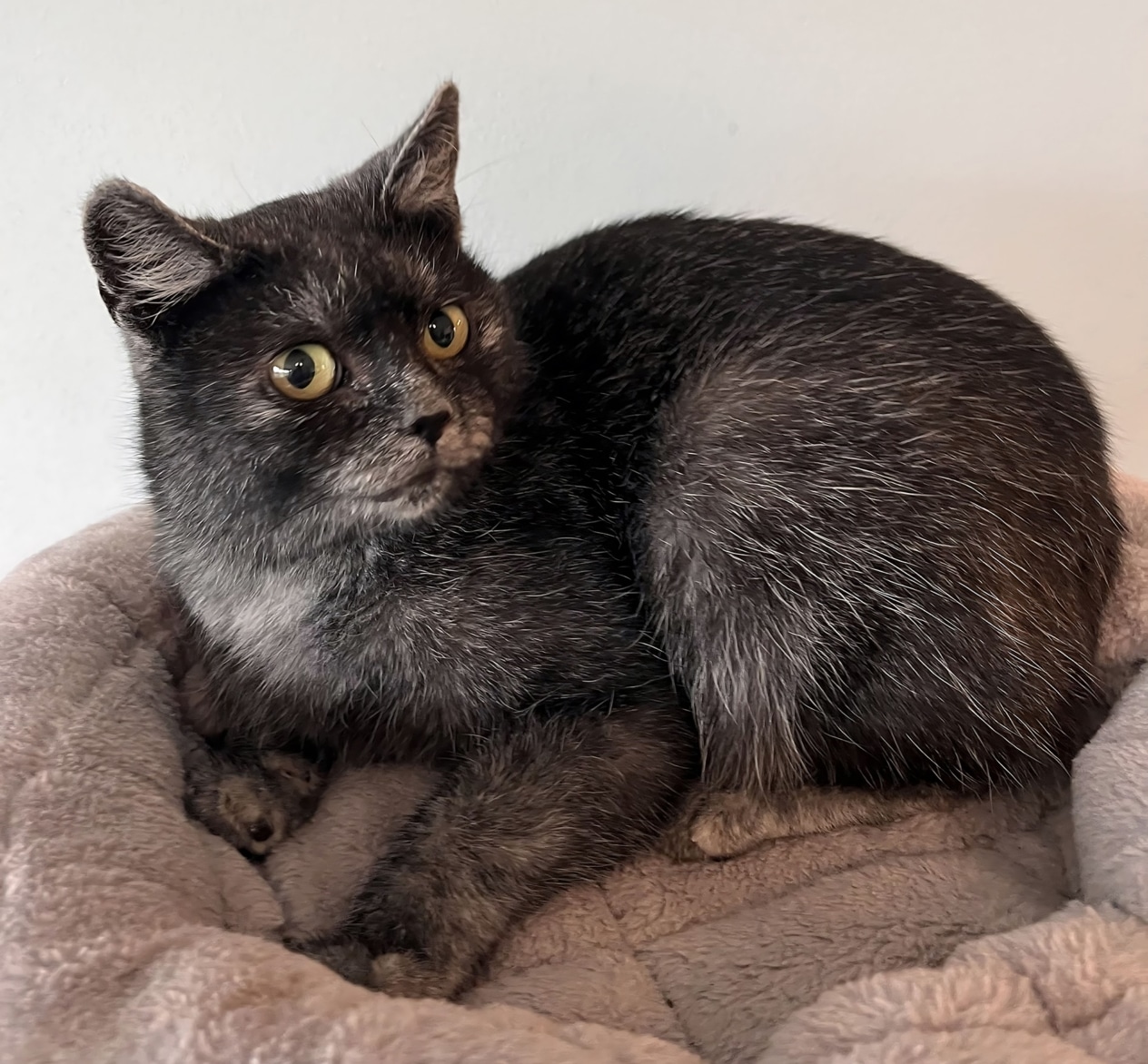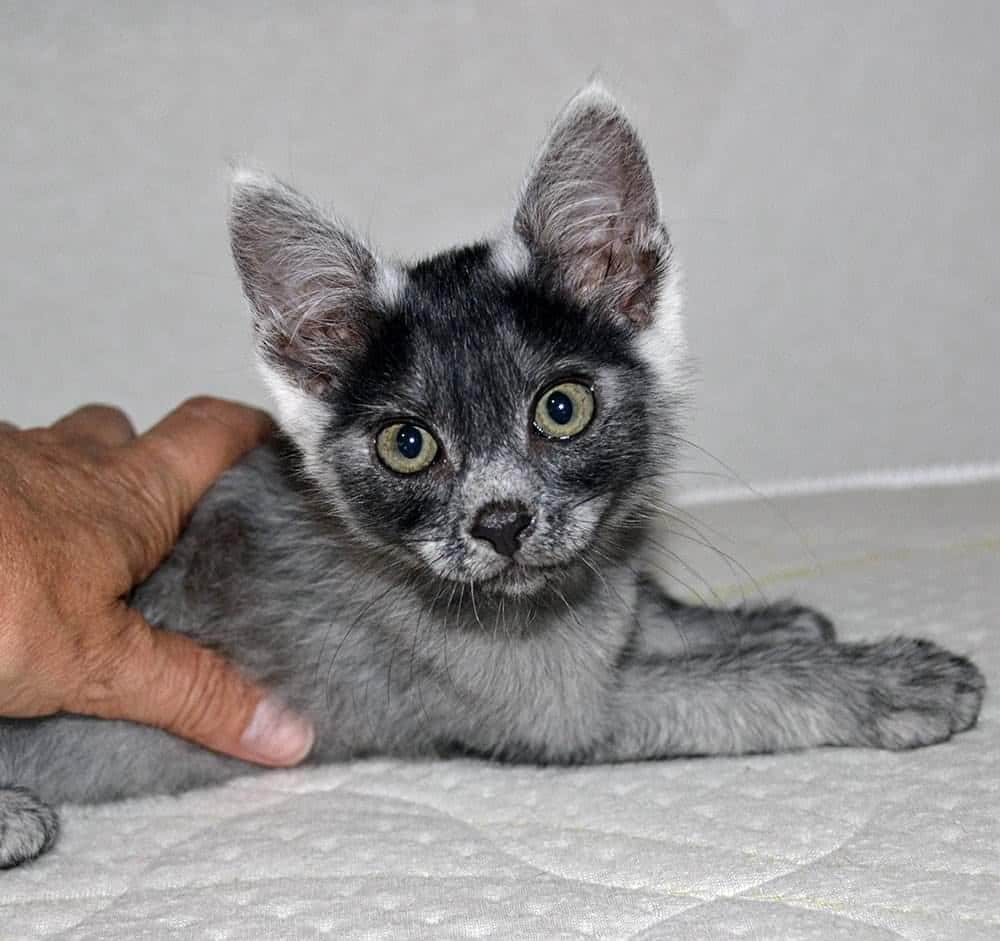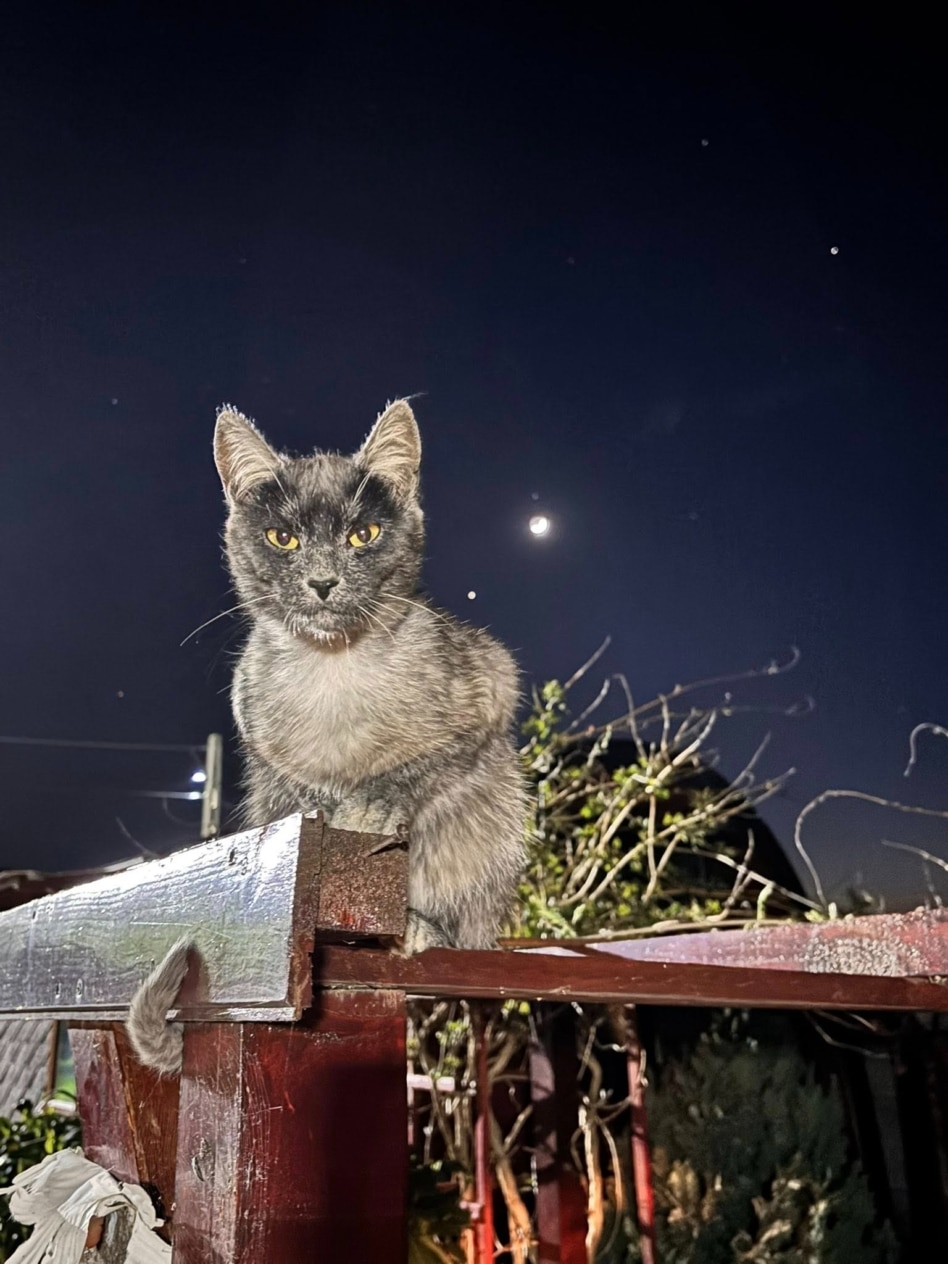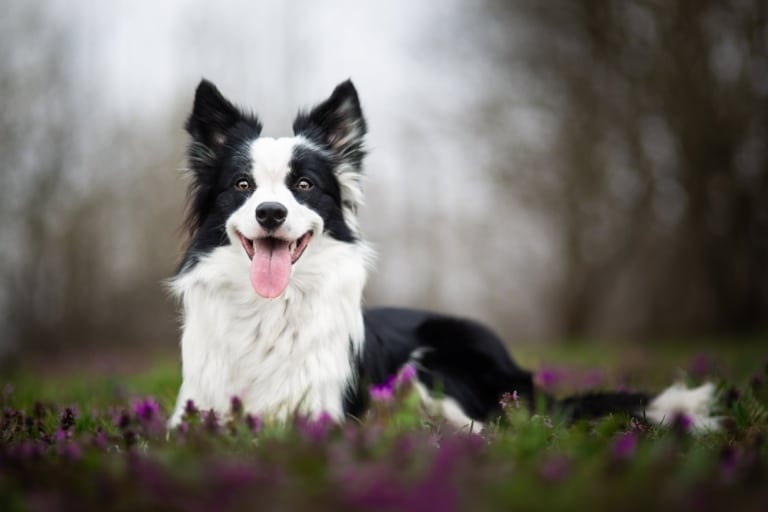The Transylvanian cat is one of the youngest and at the same time the most mysterious breeds in the world. It originated in the Carpathian region, where locals noticed unusual cats with wolf-like appearance. That is why the animals began to be called “Carpathian” or “Transylvanian” cats. Their origin is attributed to natural mutations in wild populations, which formed a unique coloration – a light body with dark limbs. Today this breed is still at the stage of official recognition, but has already aroused interest among felinologists and lovers of rare animals in Europe.

Appearance and features of the breed
The Transylvanian cat has a short, dense coat with a soft undercoat that creates a “smoky” effect. Its coloring is called the “Carpathian pattern” (Carpati pattern): kittens are born almost light, but as they grow older, the coat darkens, leaving only light-colored paws, muzzle, ears and tail. This contrast gives the impression that the cat is covered with a mist of mountains. The most common color variations are black and blue. The eyes are usually yellow or amber, which adds to the animal’s wild beauty. The build is medium-sized, muscular, the body is flexible, the paws are strong, and the gaze is piercing and attentive.
The character of the Transylvanian
Despite their “wolfish” appearance, Transylvanian cats have an affectionate and balanced character. They attach easily to humans, get along well with other pets and love socializing. They are intelligent, observant and calm cats that do not require excessive attention, but always appreciate love and care. Owners describe them as loyal companions who retain the inner dignity and independence characteristic of mountain animals.
Care of Transylvanian cats
Care for Transylvanian cats is not complicated – their short hair is not tangled, it is enough to brush it once a week. It is important to control nutrition, because this breed is prone to rapid weight gain with low activity. Regular visits to the veterinarian, vaccination and treatment against parasites are the standard basis of care. Due to their natural origin, cats have strong immunity and are well adapted to climatic changes, especially to the cool air – a legacy of the Carpathian heights.

Scientists are just beginning to study the genetics of Transylvanian cats. So far, their uniqueness is attributed to a natural mutation of color, which is not found in any other breed. In 2025, the standard is expected to be officially approved by international felinological organizations. If this happens, the Transylvanian cat may become a symbol of Eastern Europe – a breed that was born among the Carpathian forests and brought a piece of wild nature into the world.











